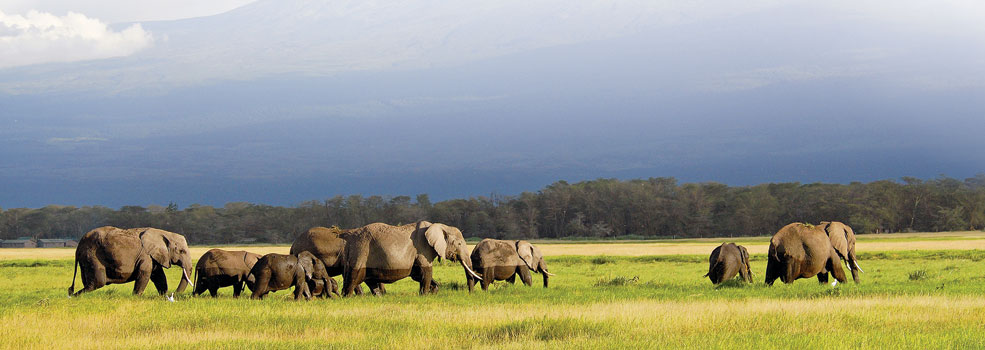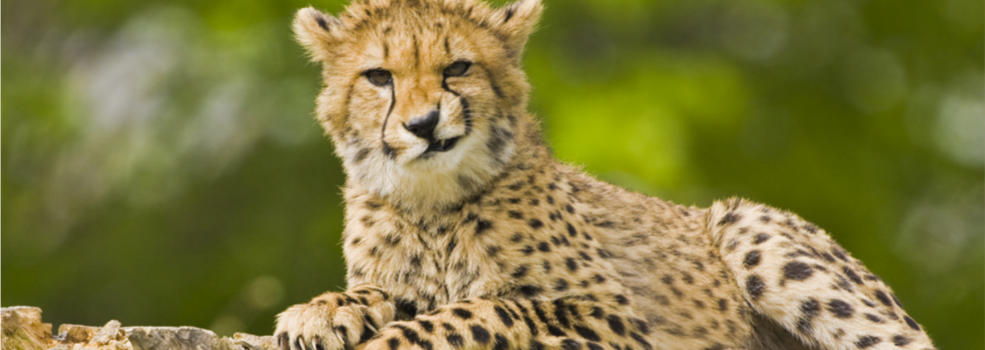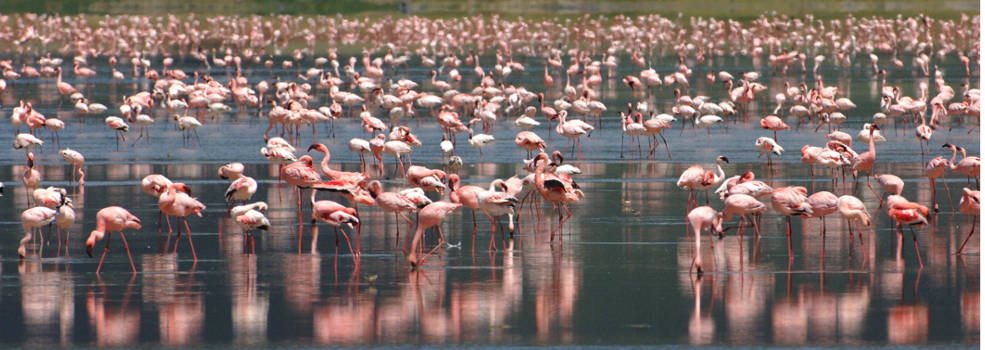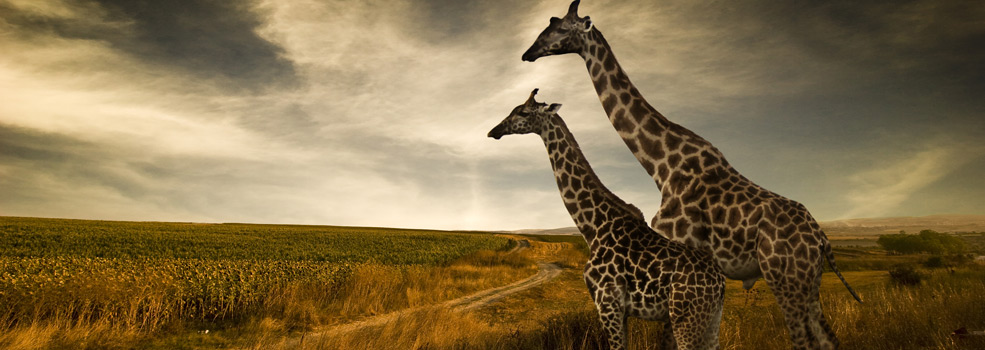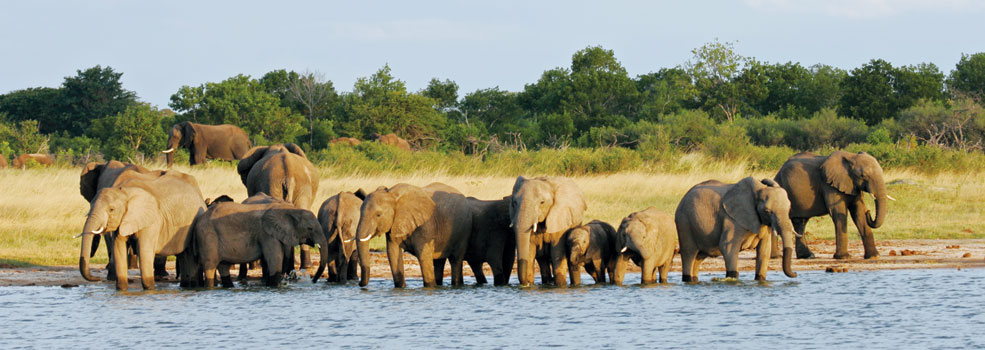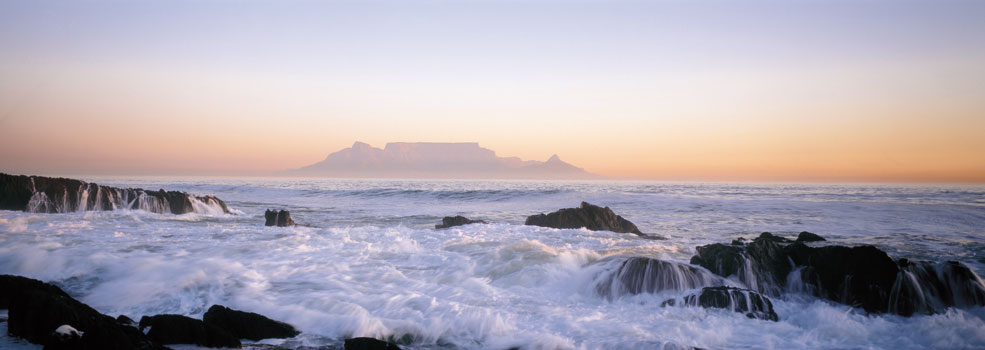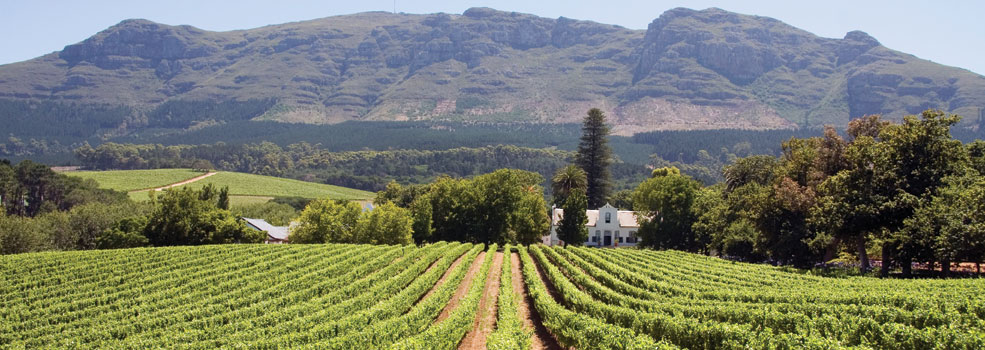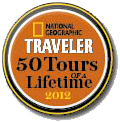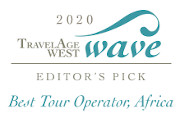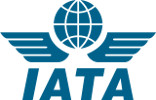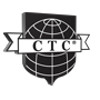Morocco, about one-tenth larger than California, lies across the Strait of Gibraltar on the Mediterranean and looks out on the Atlantic from the northwest shoulder of Africa. Algeria is to the east and Mauritania to the south. On the Atlantic coast there is a fertile plain. The Mediterranean coast is mountainous. The Atlas Mountains, running northeastward from the south to the Algerian frontier, average 11,000 ft (3,353 m) in elevation.
Capital: Rabat
Independence: March 1956
Size: 172,414 square miles, about 1/10th larger than California.
Climate: The climate is moderate and subtropical, cooled by breezes off the Atlantic and Mediterranean. Average summer temperatures in the coastal cities, range from
64-82 °F. In the interior the temperatures are more extreme, winters can be fairly cold 40°F -65°F and the summers very hot, often exceeding 100 °F. The further inland from the oceans, the more extreme the temperatures become.
Population:
About 36.3 million people.
Language: there are two official languages, Arabic and Amazigh, which are spoken in the streets and villages of Morocco. Approximately, one third of the population speaks some French. English is not widely spoken in Morocco overall, with around one in six or seven people on average having some English skills. However, any holiday resorts or complexes will always have plenty of English speakers.
Currency: Dirham. $1 is approximately 7.8 dirham. The dirham is a closed currency, which means it can only be bought once you arrive in Morocco.
People: Morocco is known for being one of the most tolerant of the Arab nations. The country is relatively safe, peaceful, and stable. Moroccan people, both Arabic and Berber, are also noted for their warm hospitality and warm, friendly nature, with each group having contributed to the rich traditions and cultural practices that can be observed in the country today.
History: Morocco has been the home of the Berbers since the second millennium B.C. In A.D. 46, Morocco was annexed by Rome as part of the province of Mauritania until the Vandals overran this portion of the declining empire in the 5th century. The Arabs invaded circa 685, bringing Islam. The Berbers joined them in invading Spain in 711, but then they revolted against the Arabs, resenting their secondary status. In 1086, Berbers took control of large areas of Moorish Spain until they were expelled in the 13th century.
The land was rarely unified and was usually ruled by small tribal states. Conflicts between Berbers and Arabs were chronic. Portugal and Spain began invading Morocco, which helped to unify the land in defense. In 1660, Morocco came under the control of the Alawite dynasty. It is a sherif dynasty—descended from the prophet Muhammad—and rules Morocco to this day.
During the 17th and 18th centuries, Morocco was one of the Barbary States, the headquarters of pirates who pillaged Mediterranean traders. European powers showed interest in colonizing the country beginning in 1840, and there were frequent clashes with the French and Spanish. Finally, in 1904, France and Spain concluded a secret agreement that divided Morocco into zones of French and Spanish influence, with France controlling almost all of Morocco and Spain controlling the small southwest portion, which became known as Spanish Sahara. Morocco grew into an even greater object of European rivalry by the turn of the century, almost leading to a European war in 1905 when Germany attempted to gain a foothold in the mineral-rich country. By the terms of the Algeciras Conference (1906), the sultan of Morocco maintained control of his lands and France’s privileges were curtailed. The conference was an indication of what was to come in World War I, with Germany and Austria-Hungary lining up on one side of the territorial dispute, and France, Britain, and the United States on the other.
In 1912, the sultan of Morocco, Moulay Abd al-Hafid, permitted French protectorate status. Nationalism grew during World War II. Sultan Muhammed V was deposed by the French in 1953 and replaced by his uncle, but nationalist agitation forced his return in 1955. In 1956, France and Spain recognized the independence and sovereignty of Morocco. At his death on Feb. 26, 1961, Muhammed V’s son succeeded him as King Hassan II. In the 1990s, King Hassan promulgated “Hassanian democracy,” which allowed for significant political freedom while at the same time retaining ultimate power for the monarch. In Aug. 1999, King Hassan II died after 38 years on the throne and his son, Prince Sidi Muhammed, was crowned King Muhammed VI. Since then, Muhammed VI has pledged to make the political system more open, allow freedom of expression, and support economic reform. He has also advocated more rights for women, a position opposed by Islamic fundamentalists, though homosexual acts as well as pre-marital sex are illegal.
Government: Morocco is a constitutional monarchy with two legislative houses. According to the constitution promulgated in 2011, political power in Morocco is to be shared between the hereditary monarch and an elected bicameral parliament, consisting of the House of Councillors (Majlis al-Mustashārīn; upper chamber) and the House of Representatives (Majlis al-Nawāb; lower chamber). A prime minister heads the cabinet, which constitutes the executive.

